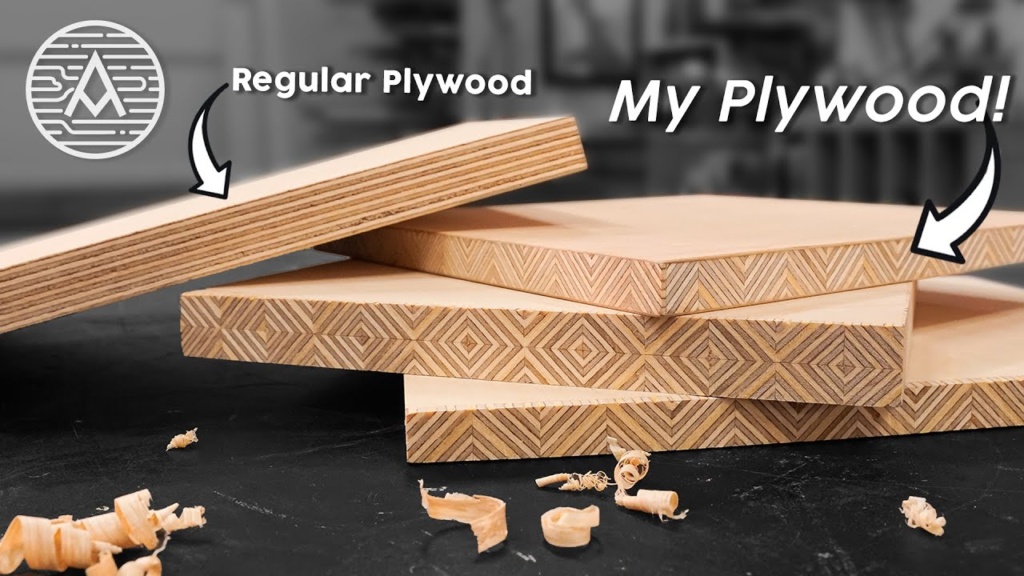Long-term exposure to wet conditions can ruin plywood, especially if it has not been treated for waterproofing. Excessive moisture penetrates between the layers and causes the sheet of plywood to swell and warp. The longer the plywood stays wet, the more likely the damage will be permanent.
Generally, if common plywood gets wet for an extended period of time, it can swell and lose shape which eventually leads to the layers of wood splitting apart. This often occurs when plywood is stored outside for even a short time frame before a project begins. However, this issue can be fixed.
Plywood can be damaged by water if it is exposed to moisture or standing water for an extended period of time. While plywood is made by gluing layers of wood veneers together, the glue used in the manufacturing process is water-resistant but not waterproof. This means that the plywood can withstand some exposure to moisture or humidity, but prolonged exposure to water can cause the wood fibers to swell, leading to warping, delamination, or rotting.
How Do I Dry Out Plywood?
Really, there is no specialist method or technique to drying out plywood. You just need to make sure there is as much air circulation to all sides and edges of the sheet as possible, as these are the key areas in need of drying. If you are drying the wood outdoors, it is a good idea to place it in an area with direct sunlight as this can speed up the process significantly.
Types of damage caused by water
Among the disadvantages of plywood is a greater vulnerability to water damage. If sheets of plywood are allowed to stay wet for too long, water can seep in between the layers. Because the veneer layers are so thin, any degree of swelling can cause considerable damage such as:
- Delamination – unless the plywood in manufactured with waterproof glue, the plies in the sheet will come apart – delaminate – because water softens the glue used to stick the layers together. Exterior and marine grade plywood use waterproof glue to prevent this. But even that plywood will eventually delaminate if soaked long enough because:
- Swelling, warping and other defects – water soaks into the wood that make up the layers (plies) and the wood swells, causing warping, checking and cracking. These will eventually cause the plies to delaminate.
- Staining and Rot – the wood used to make plywood is usually not resistant to rot fungi. Damp plywood will become infected with rot – sometimes amazingly quickly for certain species. The wood can also be stained by water deposits and/or other fungi.
- Separation – If water seeps in, it can cause the individual veneers to swell and move apart from each other. Invasive moisture can also dissolve the resin that holds the layers together. This weakens the board’s structural integrity.
How To Waterproof Plywood
Is plywood damaged by water?
The good news is there are things you can do to protect your plywood from water damage. Moreover, you can save a lot of repair and replacement money by proactively taking precautions.
Below are some helpful suggestions:
Apply Waterproof Paint
For best results, use at least two coats, letting the paint fully dry before applying the next coat.


